Ten Tips for Successful SAP Leadership
Ten Tips for Successful SAP Leadership.
We’ve all experienced good and not-so-good leaders in the SAP world. It’s a busy, hectic environment and leadership qualities are essential to bring out the best from high performing and often stressed individuals and teams.
So, what makes for an effective and successful experience, in guiding a group of SAP people, to project deliverance?
An SAP project is a mix of business requirements expressed as goals, combined with a team of talented people assigned to its achievement. Simply because a team is competent, it doesn’t mean that they all pull in the same direction.
This article will summarise the most important factors in leading a functional SAP team or teams to success. Some common traits are apparent in project after project.

There are two sides to success for both SAP project managers and functional SAP team leads:
Manage your client
1. Practice correct project hygiene.
At the very highest level, the new SAP Activate methodology for S/4HANA provides a new accelerated roadmap as to how to plan your project, and in what sequence. I know there is a lot of debate over waterfall versus agile methodologies and that debate is beyond the scope of this article.
Essentially, successful projects are built on the success of the preceding step. In the new Activate methodology, guided configuration gets your enterprise structure up and running in just a few hours, as opposed to days or weeks. The lean/agile approach sets up project work on a concurrent basis so that realisation is completed on much tighter timelines. Projects can be large lumbering animals. A methodology such as Activate gives structure and procedures for maintaining schedules. Adhere to this process logically and religiously. For more information, check out the following Eursap blog on using SAP Activate to accelerate your S/4HANA implementation
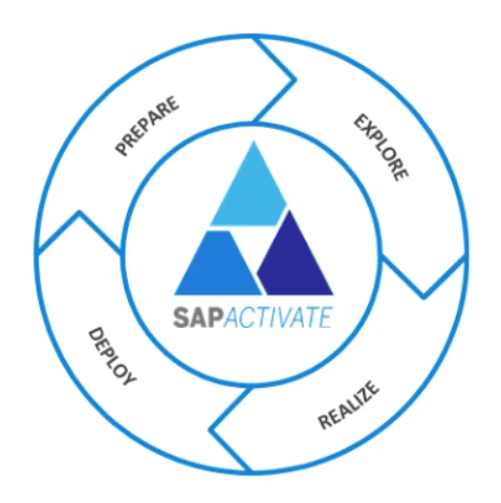
SAP Solution Manager can help you here too. Solution Manager is your one-stop-shop to guiding you through a project and into the support phase. A really useful component of Solution Manager is Focused Build, which offers a fully integrated Application Lifecycle Management solution for your projects. Getting your team up to speed on Solution Manager will not only make your life as a manager easier, it will hone your team’s own skills in a fast growing area of the SAP landscape and reduce the often burdensome administration to which large projects are prone.
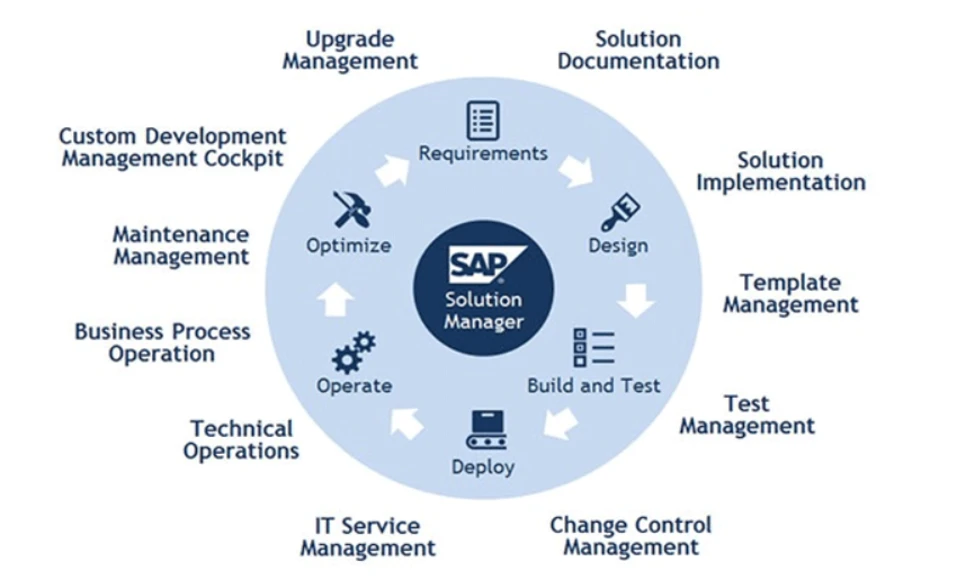
2. Scope Creep
The silent project killer. Once the requirements are documented, design of the “future state” begins in earnest and the single most dangerous temptation arises, one that threatens the very foundation of a project. It’s an insidious and irresistible urge called “scope creep” and the way it works its way into the foundation of projects is rooted in the very nature of software itself. Successful software like SAP is so good that it can appear to work as if by magic and it’s easy to forget that it is in fact the result of a very rigorous engineering project. Adding scope to a project will invariably lead to delays, excess costs, and perhaps even project collapse. When good ideas arise in late phases of a project, the successful manager will catalogue them in a “parking lot” for future phases. Sometimes, essential scope changes cannot be avoided, but these must be extremely carefully managed, through rigorous reviews within a Change Review Board (CRB). Inviting your team, or key members, to CRB meetings will expose them to often C-level interactions, but also give them an opportunity to keep one eye on the larger picture of the project.
Resisting scope creep prevents over promising and under delivering. It should be obvious that a situation where project deliverables increase faster than your ability to realise them is to be avoided at all costs! Scope creep can dump unreasonable workloads on your team with highly negative impacts on deadlines and morale. Again, rigorous adherence to the Activate methodology can keep this under control; reporting of scope creep is also a useful function within SAP Solution Manager, in the Focused Build area.
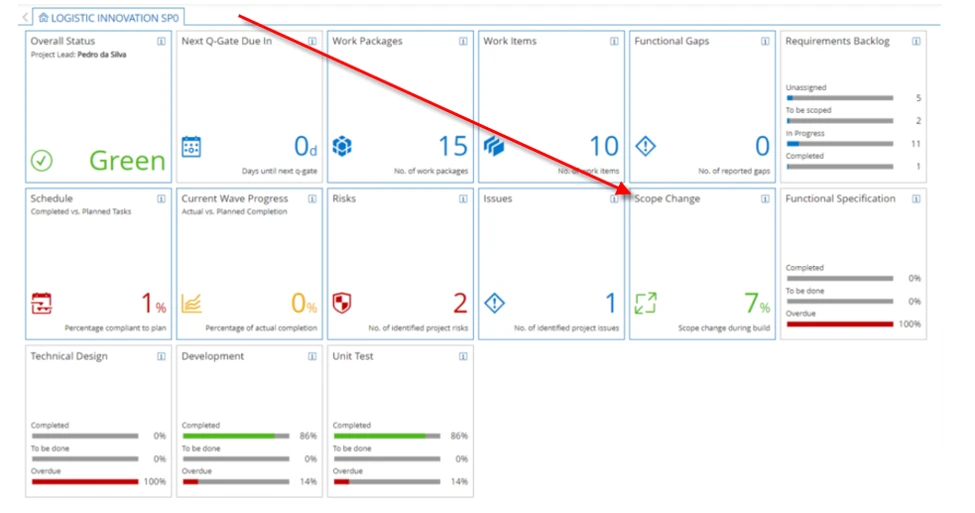
3. Handle difficult clients with great care.
Occasionally, projects will have screamers or ill-mannered people. Remember, SAP projects can be stressful affairs – understand that your client may not be used to the demands of a long and busy implementation project. Just like having guests at your dining table, treat these people with skill, politeness, and good humour. I won’t say this is easy, but just be on your toes. Think three times before you say anything and respond to the problems, not to the personality. After the meeting, you will have plenty of opportunity to blow off steam. Soft skills will serve you well here.
4. Schmooze up.
Team dinners up the hierarchy. Taking your clients out with your team will engender a good sense of “One Team” togetherness, which is absolutely vital for successful projects. SAP projects are always a collaboration between the business and IT; neither side can shoulder the burden on their own. SAP is a highly complex system and building relationships with colleagues, in a less formal work environment, fosters the ability amongst your clients and team to discuss technical and functional issues with each other and ask advice. Again, essential.
Manage Your Team
5. Don’t micromanage.
Nothing is more demoralising than seeing someone else do your work for you. I had a manager once who would nitpick my PowerPoints using what appeared to be an electron microscope. I remember sitting in his office for hours at a time watching him re-wordsmith every single line. He would ask me for my opinion on how to phrase something, I would respond, and he would type something completely different. Don’t be that manager. Don’t do someone’s work for them. Instead, show them the way. It’s always better to teach a man to fish than just being the sushi chef. This is especially true in an SAP environment. Your team will encompass a wide degree of skills, not all of which you will be a master. How many SAP managers can truly say they have mastered all the functional areas, technical areas, security, infrastructure and basis elements that make up an SAP team? Learn to accept that your team will know more than you in most detailed situations – trust their judgement and give them the ability to implement. If you are implementing, or already using, SAP SuccessFactors, make the most of the tools included in the application to manage performance and goals of your team. Encourage your team to use SuccessFactors too!
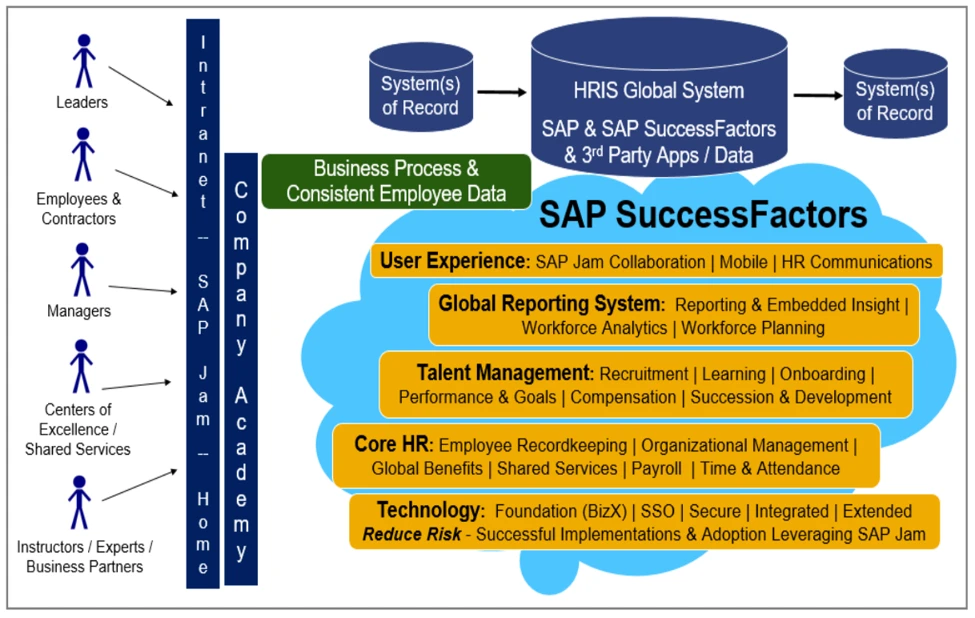
6. Don’t dump unreasonable workloads on any team member.
If your team is receiving an unrealistic amount of assignments, see “Scope Creep” above. At the same time, don’t accept shortcuts such as skimping on documentation. Documentation becomes the knowledge base of the future. It is your client’s property long after you’re gone. Be professional and let your legacy live on after you will have left the project. Maybe they will call you back.
7. Lead by example.
Avoid “do as I say, not as I do.” Do some of the heavy lifting yourself. Your team will respect you for it. If you have an area of expertise in SAP, and most SAP managers who have been promoted will be in this position, use your expertise to help where and when it is needed.
8. Schmooze down (as well as across to those at your same level).
Let your team and your peers know that you have their back and you are on their side. Make clear your expectations of what it means to be in an SAP team and always publicly recognise your team for adhering to your vision. A feeling of team collaboration is one of the main ingredients to a strong and successful SAP team.
9. Focus on results and always track and publish progress.
Again, Solution Manager is your friend here. Once again, let’s look at an example of the Solution Manager Readiness Dashboard – all your monitoring and progress in one place for all to see. There should be no secrets here. Remember, you are “one team” – business and IT, together

10. When interviewing prospective team members, consider the interview process as a two-way approach.
Candidates will be evaluating you and your project and team as much as you will be evaluating them. Sell your project to them and emphasise all the opportunities for learning and progression.
It would not be an SAP interview without a technical set of questions, but make sure your questions are tailored to the candidate you want. For example, if you are interviewing experienced candidates for an S/4HANA finance role, you could ask about Universal Journal. Or just ask them about their favourite tcodes – this will yield insights into the depth of their system experiences.
And don’t forget, you are an SAP organisation – if you have access to SAP SuccessFactors, make the most of the Recruiting module in the application for benchmarking, role marketing, scheduling and onboarding.
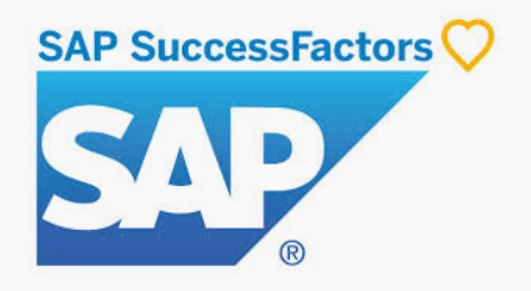
Summary
Overall, remember that your SAP team is the lifeblood of your project. They need nurturing and looking after. Push them too hard and they will leave. Make a list of all the things you have enjoyed working with in previous successful projects and a separate list of all the things you hated in bad projects. Keep these lists with you throughout your project as a reminder to yourself. You have a hard job on your hands, but a successful project relies upon its people – that starts with you. Hopefully the list of all the things you enjoyed in past projects will be a very long one, and conversely, the other list quite short. One of the things I look for in any project, and I know this might sound odd, is a sense of joy. It’s very exciting to be digging at a tough problem for an interminable amount of time to finally (finally!) grasp the answer. And to be sure you have found the right solution, you will test it several times, from several angles. Maybe have one of your team members independently verify that the solution is solid. It is a sublime feeling indeed to present that solution to the client. It is even richer if the team presents it jointly. We are all problem solvers. Never forget that the successful project contains an abundant supply of resolution and joy.
Authors: Jon Simmonds, Senior IT Architect and James Olcott, MBA, Principal SD/MM/S4HANA Consultant.